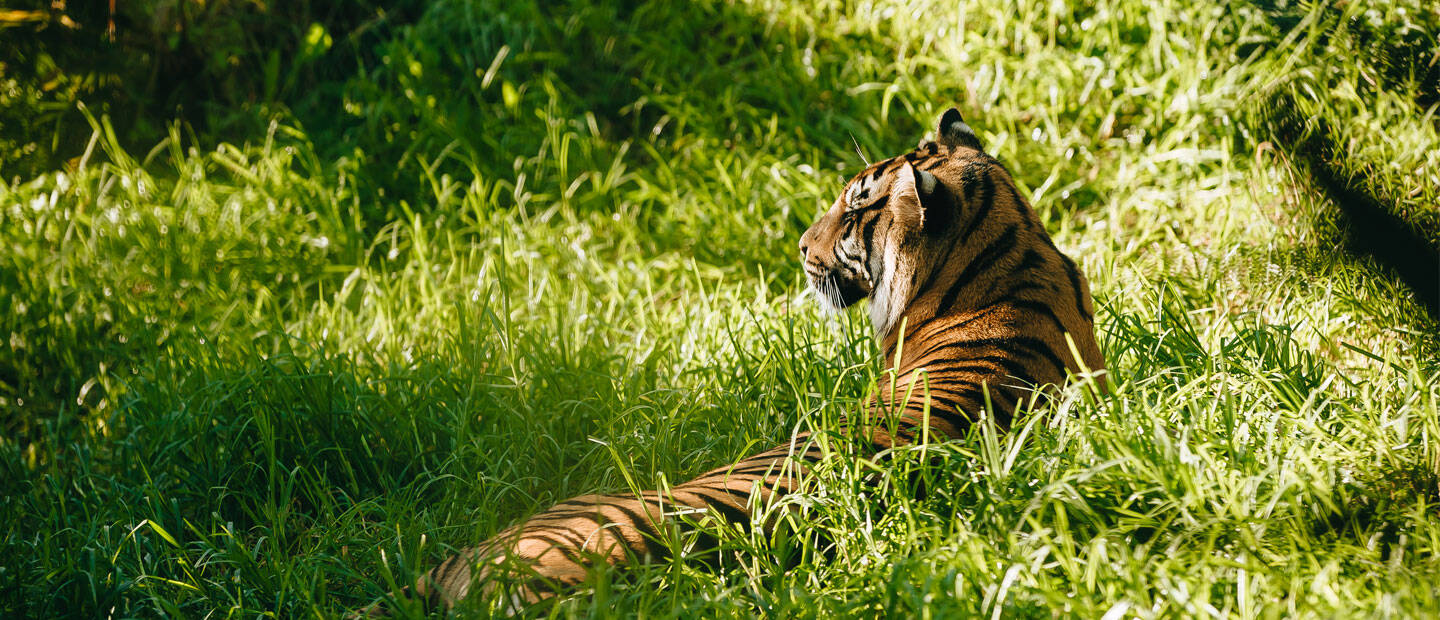“Zayana chose to give birth outside within a sheltered den in our tiger habitat, and from a safe and discrete distance we’ve been monitoring her and the cubs. It’s great to see how focused she is on ensuring both cubs are well positioned to be able to regularly suckle from her to get the vital nutrients and food they need to grow and thrive,” says Auckland Zoo Lead Senior Keeper (carnivore team), Nick Parashchak.
“Just as a tiger mother would be doing in the wild, she’s also being highly protective of her offspring who are born blind and won’t gain their full sight until around two weeks of age and will be completely dependent on Zayana for months to come. In addition, she is spending a lot of time grooming them which is an important activity as it stimulates the cubs’ circulatory and digestive systems.”
These latest births follow a breeding recommendation from Zoos and Aquariums Association of Australasia (ZAA) Sumatran tiger Species Management Plan for Zayana and male Ramah. The regional programme is part of the World Association of Zoos & Aquariums (WAZA) Global Species Management Plan (GSMP) for this critically endangered big cat whose population numbers fewer than 400 in the wild.
“It’s incredibly exciting to have achieved this milestone, and we’re cautiously optimistic that everything will continue to track well for Zayana and her cubs. But as with any animal births, the first weeks for both mother and offspring, are always critical.


